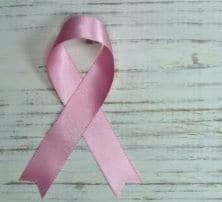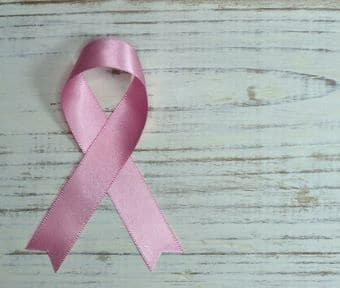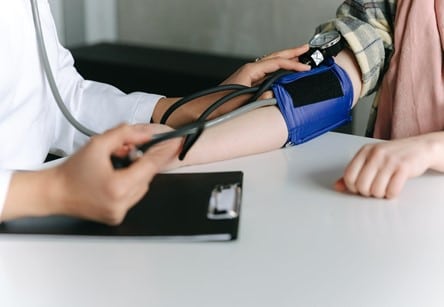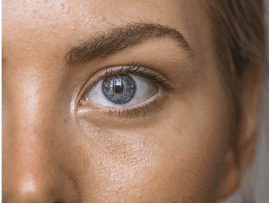Understanding the Types of Breast Cancer Treatments


The treatment options available to patients with breast cancer vary widely. You have likely heard of cancer patients receiving chemotherapy and radiation, as well as others receiving a combination of both. A variety of factors can influence which treatment is best for you. These include the location where cancer initially developed, its progression or spread to other parts of the body, whether certain hormones fuel the growth of cancer, your overall health, and even your age.
Aside from these treatments, breast cancer patients also receive surgery to remove the tumor and lymph nodes, radiation therapy if only a portion of the breast is removed, and medication to inhibit hormones such as estrogen or progesterone. Occasionally, chemotherapy is necessary to eliminate any remaining cancer cells.
Radiation and surgery are considered “local treatments” because they only treat the tumor and do not affect the rest of the body. In contrast, hormone therapy and chemotherapy are considered “systemic treatments,” meaning that they can reach cancer cells in all parts of the body. Here is an overview of the various breast cancer treatments that are available.
Breast Cancer Treatment
Surgery
The majority of women with breast cancer will require surgery during their treatment. Depending on the nature of cancer, the surgery can range from simply removing cancer to removing the entire breast. Types include:
● BCS (Breast-Conserving Surgery)
Often referred to as a lumpectomy, partial mastectomy, or segmental mastectomy, this surgical procedure is intended to remove only the part of the breast containing cancer. When having a lumpectomy, the extent of the removal of breast tissue depends on the size and location of the tumor. Still, ultimately the goal is to remove both cancer and some of the normal tissue surrounding it.
● Mastectomy
This procedure involves removing the entire breast, including all breast tissues and sometimes other tissues nearby. The following types of mastectomies are available:
- Simple (or total) mastectomy
- Skin-sparing mastectomy
- Nipple-sparing mastectomy
- Modified radical mastectomy
- Double mastectomy
Radiation Therapy
As part of their breast cancer treatment, many women undergo radiation therapy, which involves high-energy rays (such as x-rays) or particles to destroy cancer cells. Depending on the type of surgery you had, the extent of cancer that has spread to lymph nodes or other parts of the body, and in some cases, your age, your doctor will decide whether you need radiation. You may have just one type of radiation, or you may have a combination of different kinds. Radiation is used to treat breast cancer in two main ways:
- The external beam radiation (originating from a machine) and
- Internal radiation (exposure to a radioactive source inside one’s body for a brief period.)
Whether external or internal, radiation is usually started following the healing of the surgery site, which typically takes a month or more. When undergoing chemotherapy, radiation usually follows after the chemotherapy has been completed.
Chemotherapy
Chemotherapy is delivered through the veins or by mouth, utilizing cancer-killing drugs that travel throughout the body, through the bloodstream until they reach cancer cells. Although not all women with breast cancer will require chemotherapy, it is most commonly administered following surgery (to eliminate any cancer cells that may remain behind), before surgery (to shrink the tumor so that it is easily removed), or to women with advanced breast cancer (metastatic). The outcome of chemotherapy is not always clear, so your doctor may perform a test called an Oncotype DX or Mammoprint to determine if it is right for you.

Hormone Therapy
Women with estrogen receptor-positive (ER-positive and PR-positive) breast cancer are advised to undergo this treatment, which involves taking drugs that inhibit estrogen from stimulating the growth of cancer cells. The growth of ER-positive and PR-positive breast cancers is supported by estrogen receptors, which attach to estrogen and attract the cancer cells. Hormone therapy inhibits the attachment of estrogen to these receptors.
Although there are several different types of hormone therapy, the majority lower estrogen levels or prevent estrogen from acting on breast cancer cells. Typically, hormone therapy is used after surgery to reduce the chance of recurrence of cancer, and it is generally used for at least five years. Treatment with hormone therapy is also used when cancer returns from treatment or spreads to other parts of the body.
Targeted Therapy
Research has reinforced that cancer cells undergo changes that cause them to grow out of control, so scientists are developing new types of drugs to target some of these changes. With targeted drugs, cancer cells are inhibited from growing and spreading while normal cells remain unaffected, unlike chemotherapy drugs, which attack all cells that overgrow, including cancer cells.
The targeted drugs may work even when chemotherapy drugs do not, and some can enhance the effects of other forms of treatment. Your breast cancer determines the type of targeted therapy you receive. In the past few years, drugs have been developed specifically to treat HER2-positive cancers and hormone-receptor-positive cancers. For women with BRCA gene mutations, there is also targeted therapy.
Typically, five treatment options exist, and the majority of treatment plans include surgery, radiation, hormone therapy, chemotherapy, and targeted therapies. Many are local, targeting only the area surrounding the tumor. Others are systemic, which are designed to treat the entire body with cancer-fighting agents. To determine which one or a combination of these methods you require, you should consult a specialist.





